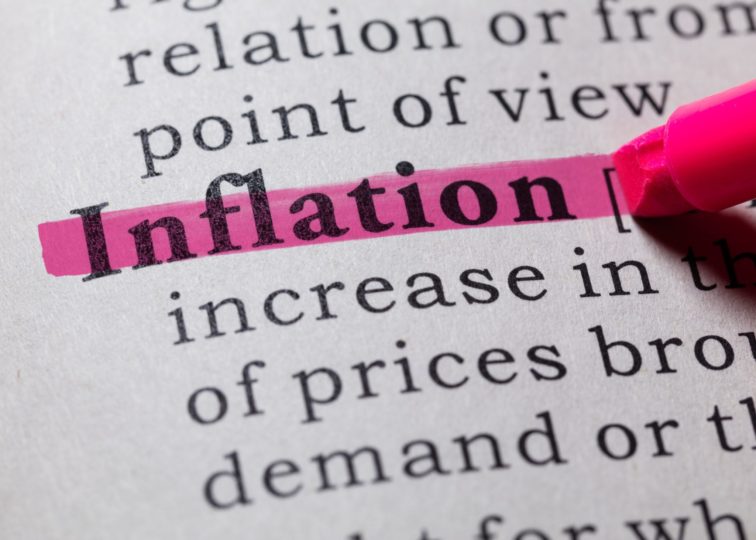
Blog
A Tale of Two Inflation Metrics
March 1, 2024
Much of what happens in the markets and the broader economy this year will be determined by the Federal Reserve, whose actions will, in turn, be determined by the path that inflation takes. The trouble with this is that there are many ways to measure “inflation,” and the two most common are telling somewhat divergent stories.
The Commerce Department puts out a monthly report on the personal-consumption expenditures price index, more commonly referred to as the PCE report. According to the latest PCE report, overall consumer prices were up 0.3% in January from the month prior and up 2.4% from a year prior. That puts the PCE not far above the Fed’s 2% target for annual inflation, and considering that the Fed uses PCE as its preferred inflation metric, this is good news.
On the flip side, the Labor Department puts out its own monthly report on the Consumer Price Index, or CPI. Typically, when people talk about the inflation rate, they are referring to CPI. This is the figure that makes headlines, gets bandied about by politicians, and moves markets. When the most recent CPI report showed that inflation increased 3.1% in January from a year earlier, a larger-than-expected increase, it sparked a sizable selloff in the stock market as investors began to worry that inflation could still be a long way off from the Fed’s 2% target.
Historically, CPI tends to run higher than PCE, but not to the degree that has been seen recently. In the 60 years preceding the pandemic, the median gap between the two metrics was 0.4 percentage points. The gap between the two metrics’ readings for January was 0.7 percentage points. The gulf widens even further when looking at “core” inflation, which excludes volatile components like food and energy. Core inflation was up 2.8% annually in January according to the PCE, but up 3.9% according to CPI.
The divergence is due to the composition of the respective indices and the weighting that the various components are assigned. CPI assigns different weights to different items based on annual surveys asking consumers how much of their budget they commit to various categories like food, housing, and healthcare. The PCE, on the other hand, uses Commerce Department data to determine where money actually gets spent and places a higher emphasis on shifts in consumer behavior, such as substituting one product for another as prices change.
A disparity in how the two metrics treat housing is likely responsible for much of the divergence. In CPI calculations, shelter costs account for about 34% of the index’s total weighting. With PCE, on the other hand, they account for just 15%. This means that rising shelter costs in January contributed roughly two percentage points to the CPI’s gain, but added less than one percentage point for the PCE reading.
Shelter costs are widely expected to fall throughout the year as the indices, which both rely on lagging housing data, catch up to the downward trend that real-time pricing data has shown. Because shelter costs account for more of the CPI weighting, the slowdown in prices will have a larger impact there than with the PCE, which is ultimately what the Fed relies on.
